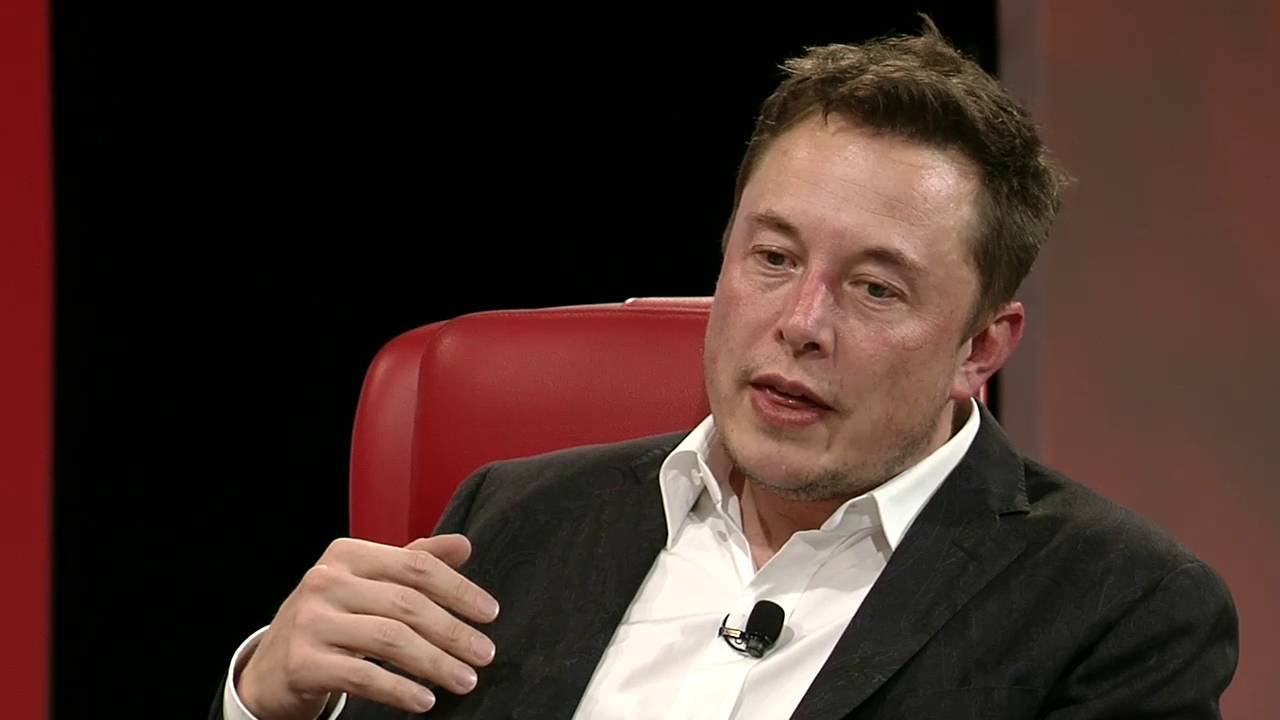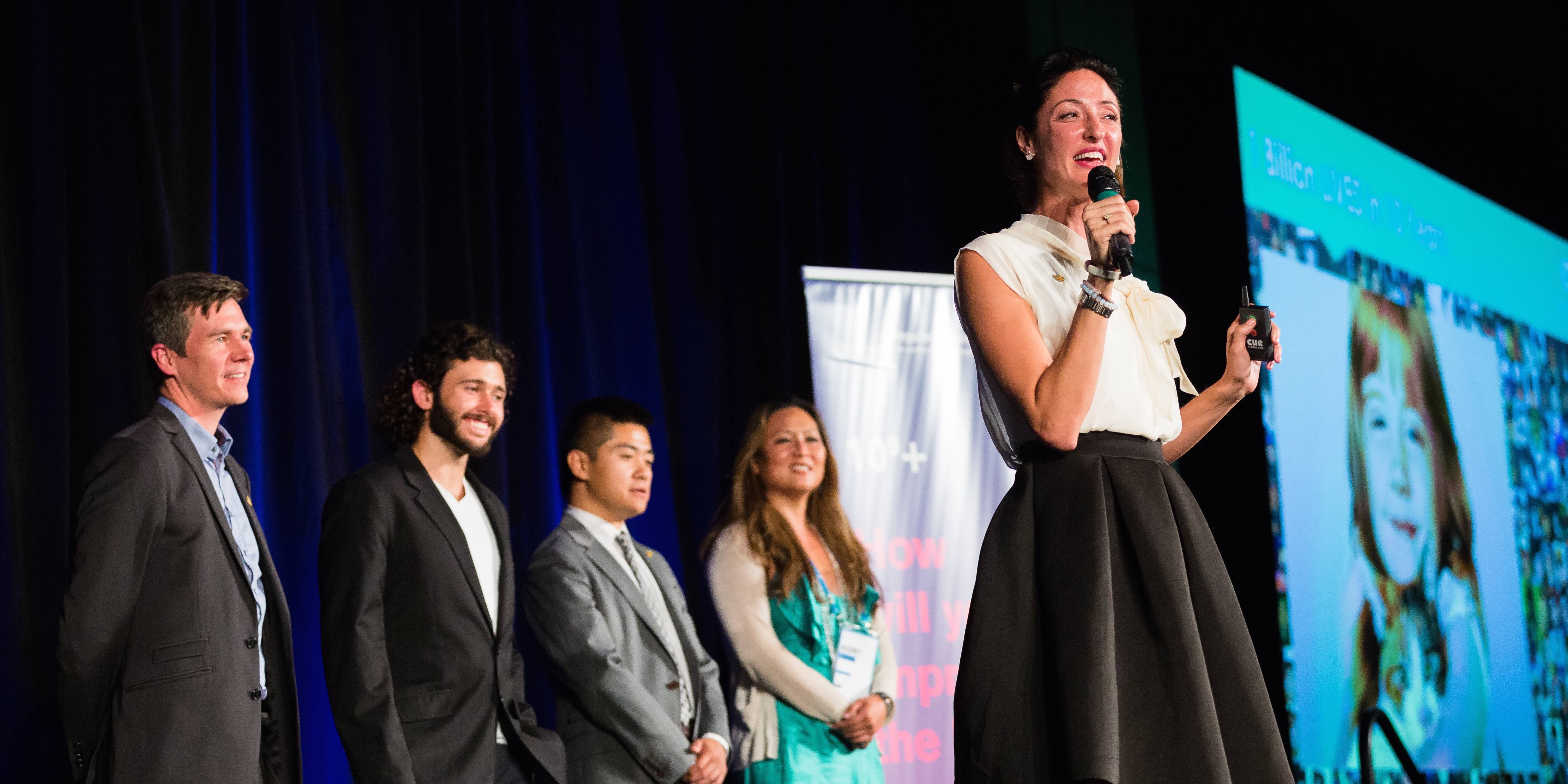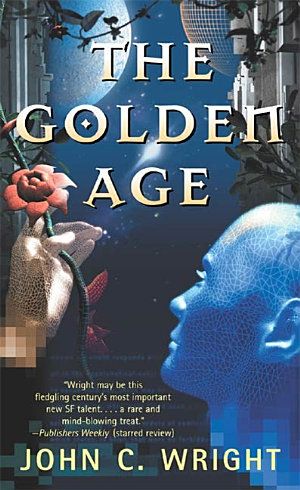Sep 9, 2016
Ray Kurzweil: Accelerating Tech Is Making Old Intellectual Property Laws Obsolete
Posted by Shailesh Prasad in categories: law, Ray Kurzweil, singularity
As technology and innovation move faster and faster, concerns over ownership and access continue to increase. In answer to a question at a Singularity University event, Ray Kurzweil suggested we need to rethink intellectual property laws to more realistically match today’s pace.
Intellectual property laws from the 19th century were envisioned with roughly 20-year cycles, he said, which was enough to give you a head-start on a new idea or invention and attract funding to see it through. But how relevant is a 20-year cycle today when a generation of technology can come and go in a year—and even that is set to speed up?

















